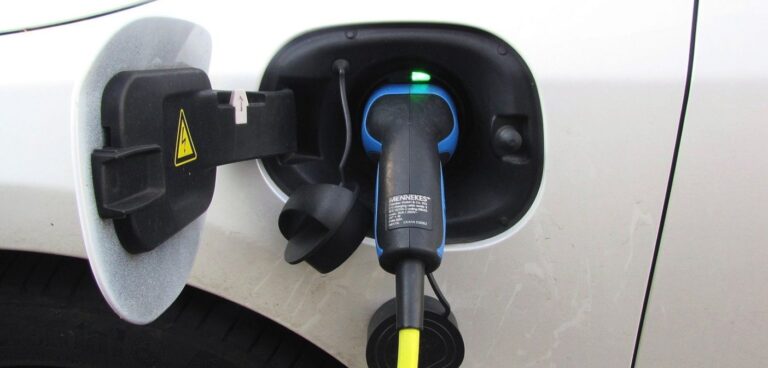Mass adoption of battery-electric vehicles is unlikely to happen by 2030, according to a new report by insurance comparison site GoCompare.
Based on the current rate, EV uptake will increase over the decade, but the battery technology needed for mass adoption will not be available at an affordable price point.
According to GoCompare, lower-cost EVs are set to reach a real-world range of 300 miles per charge within the next 10 years, exceeding the estimated range of 283 miles needed for mass uptake. However, the cost of EVs offering this range is not predicted to fall to the £21,620 price needed for mainstream UK adoption before 2030.
Over the last 10 years, the real-world range of the UK’s best-selling affordable EV has risen from 80-135 miles per charge. If this trend continues, the availability of faster charging, practical EVs will mean a significant increase in sales over the coming years, said GoCompare.
During the same time period, the amount of EVs in the nation is set to quadruple. According to GoCompare, there will be an estimated 952,260 registered EVs across the UK by the end of 2021, increasing to 3.8 million by 2031.
The report also found that public charging infrastructure will need to improve in order to keep up with this demand. However, rapid charger availability is still forecast to be a problem in 2030, even if mass adoption happens.
Currently, the UK has a high ratio of 205:1 EVs to public rapid chargers. Despite the UK government’s investment in charging infrastructure, this figure is predicted to remain high in 2030, said GoCompare. There will be 197 EVs per rapid charger by that time, which represents only a minor improvement.
Some areas will have better availability than others, with Scotland on track to be the best place in the UK to own an EV in 2030. Seven out of the projected top 10 council areas for public rapid charger availability are found north of the border. Meanwhile, Portsmouth is set to be the worst place to own an EV.
Speaking about the new findings, motoring expert Ryan Fulthorpe at GoCompare said: “It’s great to see that more people will be buying EVs over the next 10 years, but significant improvements in infrastructure will be needed to support the increased uptake.
“Our research highlights that some areas may not have the number of chargers needed to support the amount of EVs there, which could be problematic for those looking to complete long-distance journeys. Without more investment, the mainstream adoption of EVs in the UK will have significant challenges ahead.
“In the meantime, there are alternative options for motorists looking to make the switch to a low-emission vehicle. If you’re unsure about buying an EV, hybrid vehicles are a great way of bridging the gap, as they aren’t reliant on electricity alone.”





